What Equipment Is Needed for Live Streaming in 2025? The New Audio & Video Secrets That Will Blow Your Audience Away
Introduction
Live streaming has become one of the most effective means of reaching out to an audience. Being a gamer, an entrepreneur, a teacher, a musician, or a content creator, going live has become the final step to demonstrate your personality, knowledge, and creativity. However, with the expansion of the streaming world, the competition increases. By 2025, it will not be enough to have a webcam and a microphone. Consumers are demanding high-quality experiences, crisp images, and crystal-clear audio all streamed without any interruption at any location.
That’s why the burning question remains: What equipment is needed for live streaming in 2025? It is not a simple list of gadgets anymore, but a map on how to establish a professional-level broadcast set that can compete with big studios. The technology of today is truly groundbreaking, with futuristic AI-controlled devices, the latest cameras, and audio devices.
In this guide, we’ll break it all down, section by section, so you’ll know exactly what equipment is needed for live streaming in 2025. We will discuss the equipment you require to be on the leading edge, to dive into the mysteries of studio-quality sound, to discover the newest video technology that will make your visuals drop your jaw, and to see how AI and lighting are transforming the game. Lastly, we will demonstrate how to assemble it all–either on a tight budget or willing to invest in a dream set-up.
And now we can get into the future of live streaming and ensure that your content is not merely viewed, but is memorable.
The 2025 Revolution: What Equipment Is Needed for Live Streaming to Stay Ahead of the Curve
The first question every aspiring streamer asks is, “What equipment is needed for live streaming to actually stand out in 2025?” The fact is that the revolution of live streaming has gone much further than the fundamentals. In the olden days, you could get away with a mere laptop web camera and USB mic. However, by 2025, platforms such as YouTube Live, Twitch, TikTok Live, and even corporate streaming solutions will be more competitive, and you have to bring your A-game.
The revolution is in quality, interactivity, and flexibility. Modern viewers do not simply want to watch; they want to experience being immersed, engaged, and impressed. It implies that your equipment should support 4K (as well as 8K in certain instances), immersive audio, dynamic lighting, and interactive overlays that are driven by AI.
So, what equipment is needed for live streaming in this new era? At the bottom of it, you will need:
- A powerful computer or a special streaming box with the ability to perform sophisticated encoding.
- Cameras of a professional level, which are much more than a webcam.
- Audio interfaces and microphones that allow users to listen to the studio.
- Internet connections that are reliable and have backup mechanisms to prevent embarrassing difficulties.
- Software applications that combine AI-based effects, chat moderation, and real-time analytics.
However, the actual secret of 2025 is not only having this equipment, but being able to integrate strategically. As an example, designers are currently developing hybrid configurations that combine DSLR cameras with AI-enabled webcams to be flexible. Others are operating portable stream decks that have touchscreen controls, allowing them to control their live broadcast like a TV director.
In short, if you’re asking “What equipment is needed for live streaming today?”, the answer is a combination of performance hardware, professional AV gear, and intelligent software tools that keep you ahead of the curve. The revolution of 2025 is all about going to the extremes of what is possible, and the equipment you use will dictate how far you will go.
Crystal-Clear Sound: What Equipment Is Needed for Live Streaming to Deliver Studio-Quality Audio
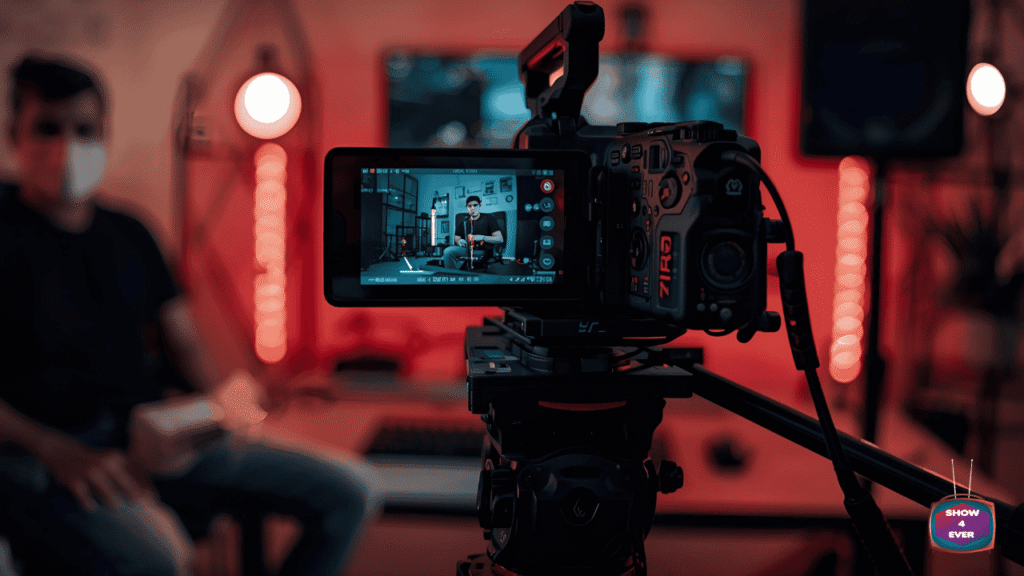
When you have ever watched a live stream and immediately clicked off, most likely the audio rather than the video was the culprit. The reason is that in 2025, viewers will be less tolerant of bad sound. Individuals will put up with a video that is a bit fuzzy; however, when your sound is muted, distorted, or overwhelmed by some background noise, they are lost.
So, what equipment is needed for live streaming to deliver studio-quality sound in 2025? The concise explanation: equipment that puts focus on clarity, control, and flexibility.
First, microphones are now of a new sophistication. The industry standard is still dynamic, and condenser microphones, although most of them now have AI-powered noise cancellation, which means that your voice is isolated even in a noisy environment. USB microphones are good to start with, yet serious streamers in 2025 may prefer to use XLR microphones with audio interfaces to have more control and sound depth.
Next comes audio processing. Streamers no longer need physical mixers in 2025. Cloud-based virtual soundboards can automatically adjust EQ, compress voices, and balance various audio sources–including your mic or background music–without manual adjustment. If you’ve ever asked, “What equipment is needed for live streaming to sound professional?”, these tools are the secret.
Another item that has not been considered but is a necessary part of the puzzle is the headphones. Closed-back monitoring headphones are used to monitor your own voice and prevent feedback, whereas wireless in-ear monitors are ideal for streamers who move around or play live music.
Last, but not least, the environment. The professional toolkit of 2025 includes acoustic panels, foam shields, and even portable vocal booths. Because at the end of the day, the question “What equipment is needed for live streaming to sound like a pro?” cannot be answered without taking into consideration your physical space.
Bottom line: In 2025, sound is king. When you are able to make your audience feel they are in a room with you, then you have already won half the battle.
Stunning Visuals: What Equipment Is Needed for Live Streaming to Capture Jaw-Dropping Video in 2025
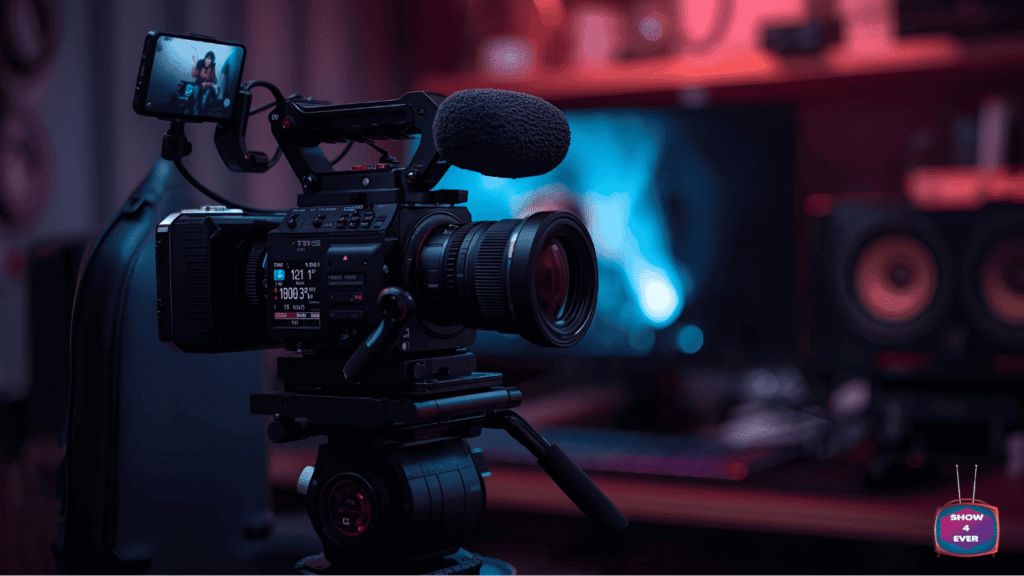
The graphics of your stream in 2025 are not only watchable, but memorable. Viewers desire the film-like quality that causes your live content to appear more like a Netflix film than a WebCam session.
So, what equipment is needed for live streaming to achieve jaw-dropping video in 2025? Let’s start with cameras. The old-fashioned webcams are not completely gone, but they have been upgraded to 4K and 8K versions with AI features of auto-framing, smart exposure, and tracking of faces. Mirrorless and DSLR cameras take over the market and provide smooth buttery 60fps at 4K with beautiful bokeh effects to those who desire more depth and artistic control.
Lighting is also of great importance. The finest camera can not perform without the right lighting. Whereas ring lights used to be the preferred option, they have been substituted with professional-level LED panels, which can be adjusted to specific color temperatures or smart presets. By 2025, most creators are going as far as using RGB lighting systems to reflect their brand identity, which is a professional but personal look.
Green screens and virtual backgrounds are another revolution that is occurring. By 2025, AI-assisted background replacement will be so perfect that you can stream in your bedroom and look like you are in a fully personalized virtual studio.
Forget about capture devices and encoders. HDMI capture cards that have ultra-low latency are required in case you are working with a DSLR or a gaming console. These tools will make sure that your video is of high quality is not just thrown away in front of your audience.
When people ask “What equipment is needed for live streaming to stand out visually?”, the answer is clear: invest in a great camera, professional lighting, and reliable capture gear. They will make your content look more like a movie together.
Smart Tools: What Equipment Is Needed for Live Streaming With AI, Lighting, and Cutting-Edge Tech
Live streaming in 2025 will not be merely about audio and video, but rather about intelligent tools that will provide your broadcast with an advantage. And when it comes to answering the question “What equipment is needed for live streaming with AI and cutting-edge tech?”, the list is more exciting than ever.
AI has changed everything. Intelligent webcams are able to track your face as you move, focus automatically, and even out your skin tones in real time. Artificial intelligence chatbots answer audience questions, spam, and engage your community, so you can create content.
Lighting has become intelligent, as well. The current lighting systems are not only bright but also smart. AI-powered LED panels can automatically regulate color temperature to your skin tone, or camera settings, or even respond to what is happening in your stream (like turn red when someone donates).
Others are stream decks and control surfaces, which serve as mini TV broadcast studios at your fingertips. You can also toggle scenes, effects, and control overlays with customizable buttons without having to navigate software menus.
Another neglected aspect of the puzzle is connectivity tools. Redundant internet solutions, such as bonding several connections or 5G failover devices, will make sure that you do not drop a stream.
So, what equipment is needed for live streaming in 2025 if you want the smartest setup? An AI-driven equipment, interactive device, and backup systems that ensure smooth and futuristic broadcasting.
Creator’s Choice: What Equipment Is Needed for Live Streaming to Build the Perfect Setup for Any Budget
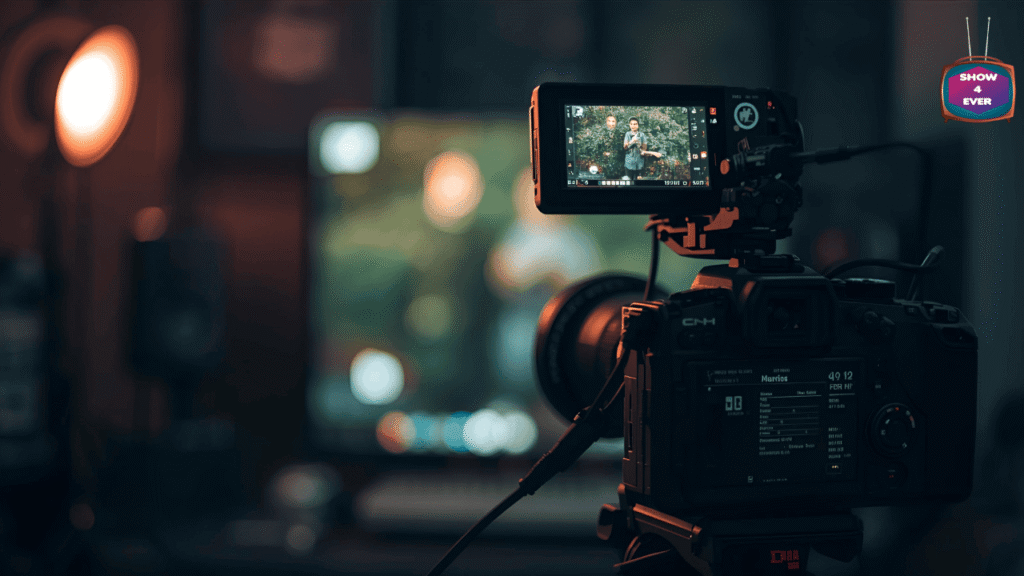
Not all streamers possess an equal budget–and that is fine. The real question is: What equipment is needed for live streaming in 2025 that matches your goals and resources? You can begin small or go big, and there is a setup to suit you.
To start with, a good USB microphone, an AI-enhanced 4K web camera, and a simple LED ring light could be all that a beginner requires to start with. All you need is a stable internet connection, and you are good to go with streaming.
In the case of mid-level creators, the upgrade process will involve XLR microphones with audio interfaces, DSLR cameras with a capture card, and multi-light configurations to produce cinematic images. At this point, it is worth considering spending some money on Stream Deck to switch scenes and overlays, as this can significantly enhance the quality of your production.
In the case of professionals and brands, the sky is the limit. The new gold standard is multi-camera rigs, green screen studios, dedicated encoding hardware, and cloud-based streaming solutions. Combine AI-driven editing, real-time analytics dashboards, and redundant internet connections, and you have created a studio that can support thousands of live viewers without issue.
Ultimately, when we ask “What equipment is needed for live streaming in 2025?”, the answer depends on where you’re starting and where you want to go. The beauty of the current technology is that everyone can find the gears, whether a beginner or a professional, to suit his/her requirements and enable him/her to develop.
Conclusion
The future of live streaming in 2025 is a breathtaking one. AI-powered cameras, high-quality sound, intelligent lighting, and potent control options have allowed the current creators to use the technology that used to be accessible only in professional broadcast studios. The question “What equipment is needed for live streaming?” no longer has a one-size-fits-all solution–it is about creating a configuration that fits your style, your audience, and your objectives.
Be it a simple beginner’s setup with a low-cost solution, or an elaborate studio, the bottom line is the same: quality and creativity prevail. The audience is not interested in watching; they are interested in being entertained. And you can give you that with the proper equipment.
Then, get into the future, take the equipment that aligns with your vision, and produce live streams that not only get views but also blow your audience away.
Table of Contents
Share this content:
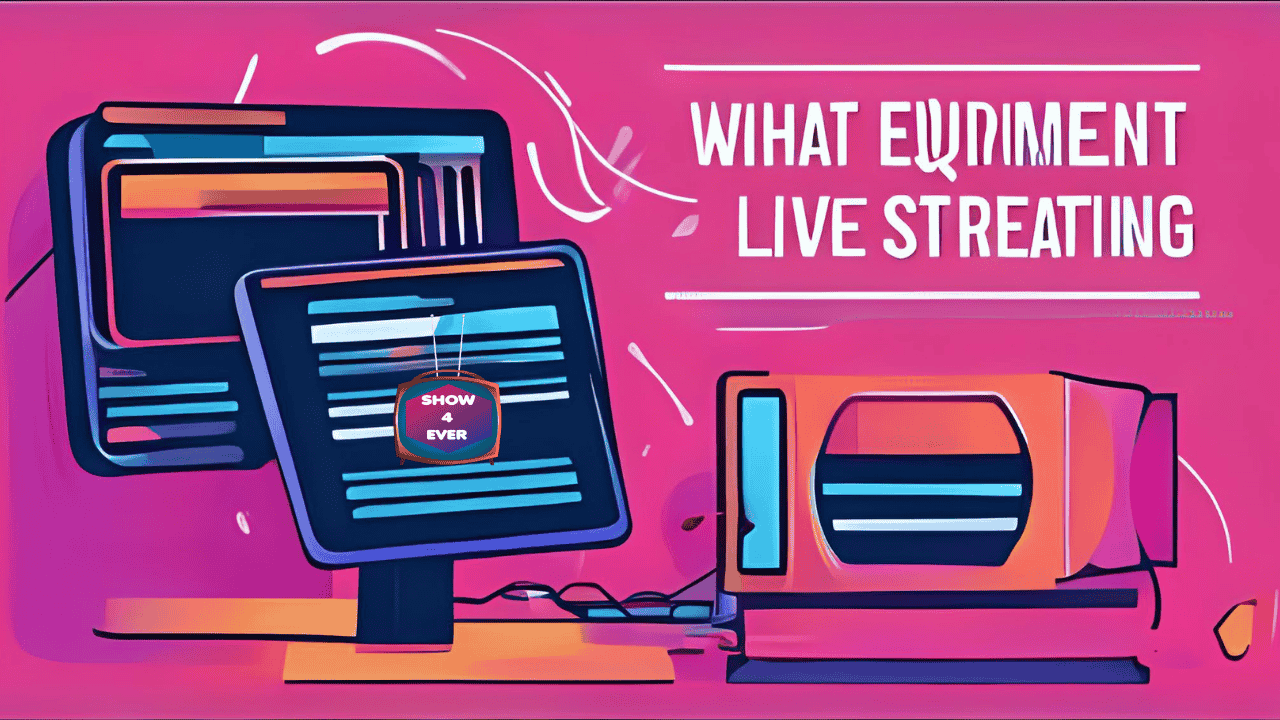



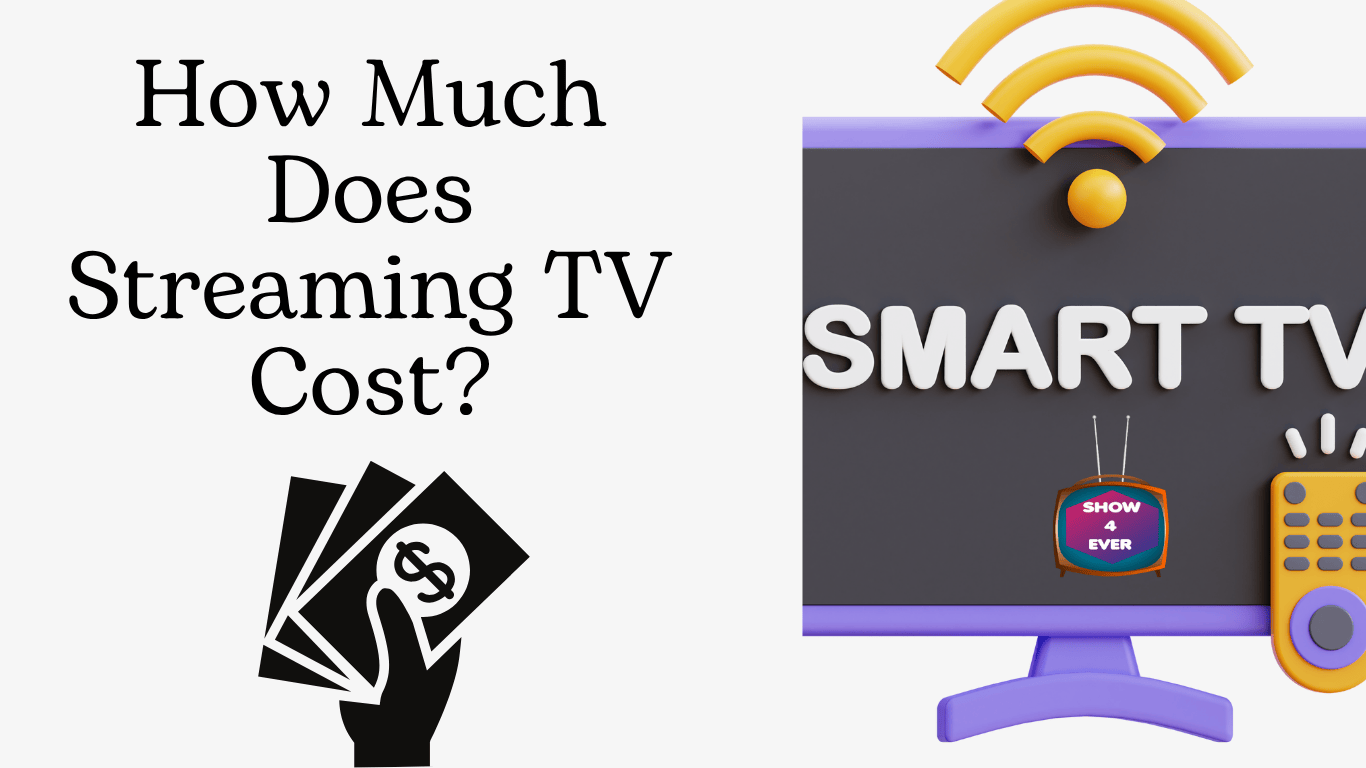












2 comments